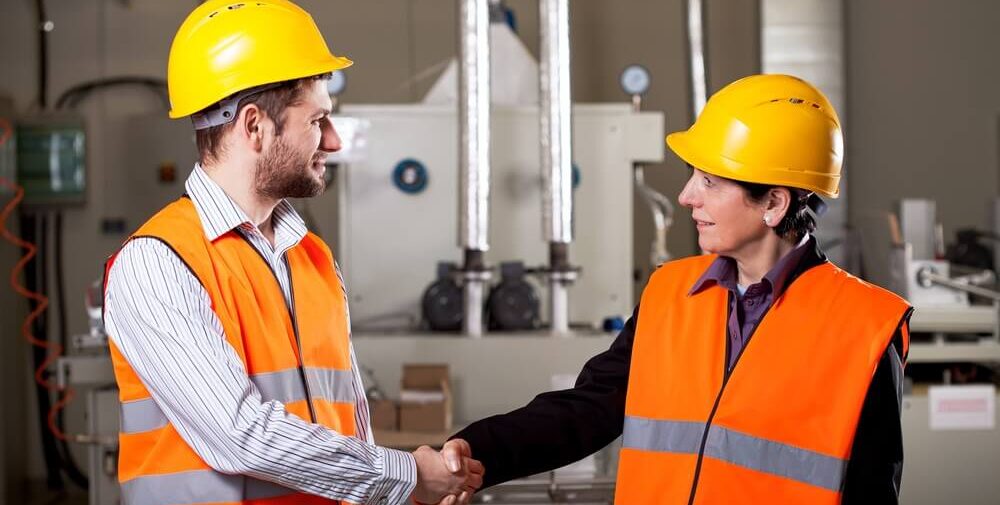Construction companies that achieve an OSHAS 18001 certification are recognized for meeting industry standards. That status demonstrates the organization has the ability to properly manage hazards and that level of safety is a tremendous boon for key stakeholders and contract bidding.
Benefits of OSHAS 18001 Certification
Being OSHAS 18001 certified helps contractors exercise greater care with regards to construction-related hazards that present themselves on job sites. As an internationally recognized standard, it makes compliance with rules, regulations and human resources policies easier. General benefits include:
- Helping to identify jobsite hazards
- Increases workplace safety
- Reduces risk of accidents and injuries
- Increases client and employee confidence
- Increases competitive edge
- Reduces insurance costs
- Demonstrates regulatory compliance
In the highly competitive construction sector, certified companies distinguish themselves as industry leaders.
Implement Best Practices
In order to gain certification, your organization will first need to fully implement the OSHAS 18001 standards. This means having a fully articulated health and safety policy. This policy must include defined procedures, practices and protocols that adequately ensure health and safety. This may be accomplished by following these key steps.
- Develop Standards: Bring together key stakeholders, managers and employees to understand common and uncommon hazards. Merge that information together with health and safety rules and regulations that pertain to your niche. Armed with regulatory and hands-on information, develop a policy that meets both. Safety doesn’t happen in a vacuum. You may discover that government agencies and employees will view your standards as high-level by going through this process.
- Procedures: Company policy needs to put practical measures in place to face real-life dangers. These should outline and place controls with regards to unique risks. Risk assessment alone doesn’t go far enough. Emergency procedures need to be understood to ensure workers are prepared to act when necessary.
- Training: Through a series of departmental gatherings and jobsite training sessions, you’ll need to bring employees up to speed about safety. It’s important to carve out time for training. Having foremen try to convey correct practices while people work tends to be ineffective. Formal settings will result in greater knowledge retention and supervisors can then reinforce those ideas on the job.
Certification Process
The first step toward earning certification should be doing an internal audit. Evaluate the health and safety plan by doing a management review and determine whether the policy and practical applications mesh. There are usually some gaps and you can take this opportunity to allocate resources to shore those up before calling in an outside auditor.
An impartial auditor will review your policies and best practices to see if they meet your industry’s standards. Expect a report that outlines where improvements need to be taken. You’ll now have the benefit of an outsider’s view and can undertake the corrective actions to gain certification.
The process and the OSHAS 18001 certificate itself can help set the health and safety tone for your construction workforce and open new opportunities as an industry leader in this area.




